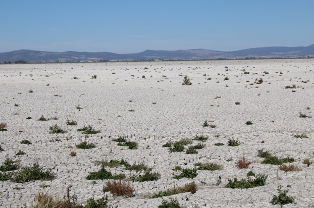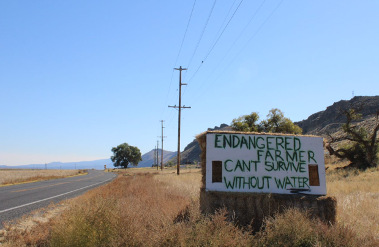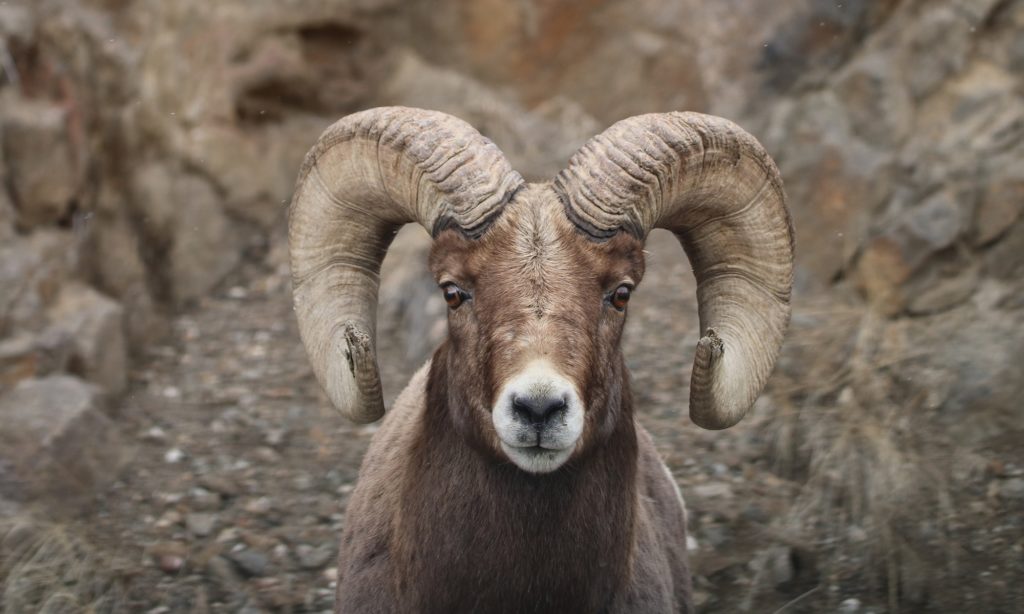When you think about artificial intelligence or robots in the everyday household, your first thought might be that it sounds like science fiction – like something out of the 1999 cult classic film “Smart House”. But it’s likely you have some of this technology in your home already – if you own a Google Home, Amazon Alexa, Roomba, smart watch, or even just a smartphone, you’re already plugged into this network of AI in the home. The use of this technology can pose great benefits to its users, spanning from simply asking Google to set an alarm to wake you up the next day, to wearable smart devices that can collect health data such as heart rate. AI is also currently being used to improve assistive technology, or technology that is used to improve the lives of disabled or elderly individuals. However, the rapid explosion in development and popularity of this tech also brings risks to consumers: there isn’t great legislation yet about the privacy of, say, healthcare data collected by such devices. Further, as we discussed with another guest a few weeks ago, there is the issue of coding ethics into AI – how can we as humans program robots in such a way that they learn to operate in an ethical manner? Who defines what that is? And on the human side – how do we ensure that human users of such technology can actually trust them, especially if they will be used in a way that could benefit the user’s health and wellness?
Anna Nickelson, a fourth-year PhD student in Kagan Tumer’s lab in the Collaborative Robotics and Intelligent Systems (CoRIS) Institute in the Department of Mechanical, Industrial and Manufacturing Engineering, joins us this week to discuss her research, which touches on several of these aspects regarding the use of technology as part of healthcare. Also a former Brookings Institute intern, Anna incorporates not just coding of robots but far-reaching policy and legislation goals into her work. Her research is driven by a very high level goal: how do we create AI that benefits humans and humanity?

AI for social good
When we think about how to create technology that is beneficial, Anna says that there are four major considerations in play. First is the creation of the technology itself – the hardware, the software; how technology is coded, how it’s built. The second is technologists and the technology industry – how do we think about and create technologies beyond the capitalist mindset of what will make the most money? Third is considering the general public’s role: what is the best way to educate people about things like privacy, the limitations and benefits of AI, and how to protect themselves from harm? Finally, she says we must also consider policy and legislation surrounding beneficial tech at all levels, from local ordinances to international guidelines.
Anna’s current research with Dr. Tumer is funded by the NSF AI Institute for Collaborative Assistance and Responsive Interaction for Networked Groups (AI-CARING), an institute through the National Science Foundation that focuses on “personalized, longitudinal, collaborative AI, enabling the development of AI systems that learn personalized models of user behavior…and integrate that knowledge to support people and AIs working together”, as per their website. The institute is a collaboration between five universities, including Oregon State University and OHSU. What this looks like for Anna is lots of code writing and simulations studying how AI systems make trade-offs between different objectives.For this she looks at machine learning for decision making, and how multiple robots or AIs can work together towards a specific task without necessarily having to communicate with each other directly. For this she looks at machine learning for decision making in robots, and how multiple robots or AIs can work together towards a specific task without necessarily having to communicate with each other directly. Each robot or AI may have different considerations that factor into how they accomplish their objective, so part of her goal is to develop a framework for the different individuals to make decisions as part of a group.
With an undergraduate degree in math, a background in project management in the tech industry, engineering and coding skills, and experience working with a think tank in DC on tech-related policy, Anna is uniquely situated to address the major questions about development technology for social good in a way that mitigates risk. She came to graduate school at Oregon State with this interdisciplinary goal in mind. Her personal life goal is to get experience in each sector so she can bring in a wide range of perspectives and ideas. “There are quite a few people working on tech policy right now, but very few people have the breadth of perspective on it from the low level to the high level,” she says.
If you are interested in hearing more about Anna’s life goals and the intersection of artificial intelligence, healthcare, and policy, join us live at 7 PM on Sunday, May 7th on https://kbvrfm.orangemedianetwork.com/, or after the show wherever you find your podcasts.












